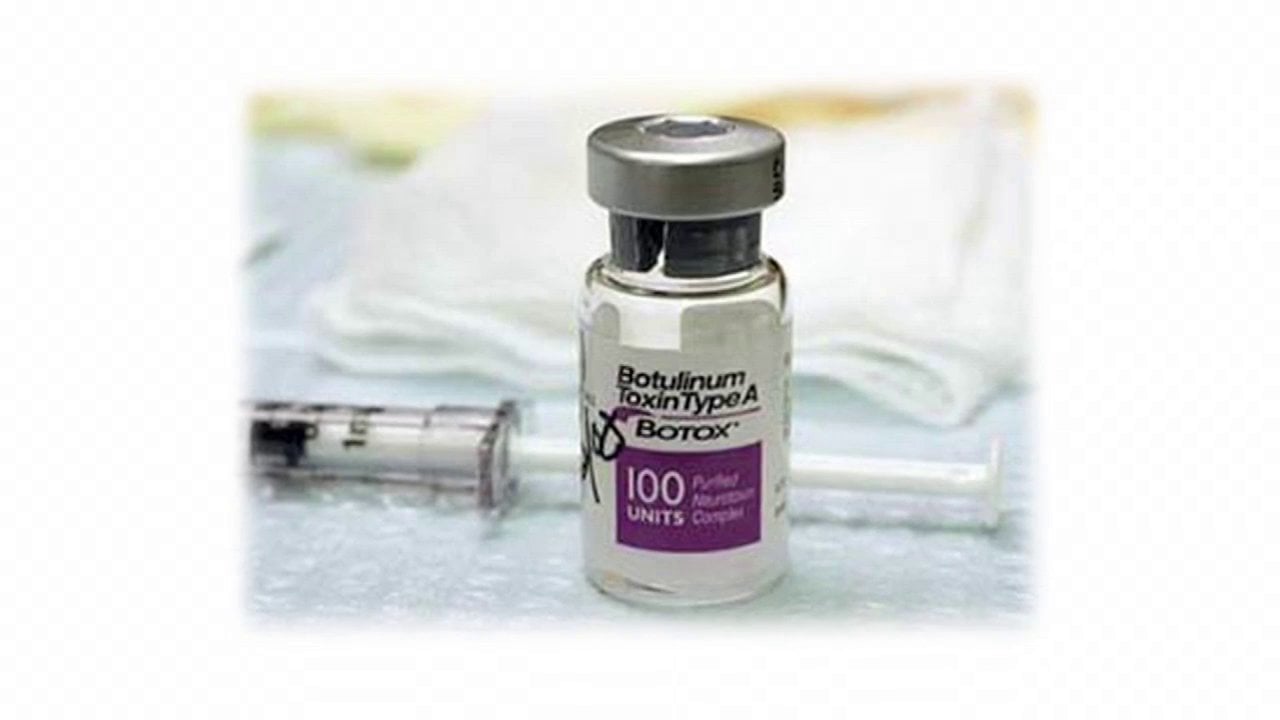
The last time scientists reported a new botulinum toxin was 40 years ago. And previous to this new discovery by the Quadram Institute research team, the bacterium Clostridium botulinum and its close relatives served as the sole source of intact gene clusters that produces the dangerous toxin.
C. botulinum is a dangerous pathogen with the ability to produce botulinum toxin. Ingestion of food contaminated by this highly toxic bacterium triggers botulism, a dangerous neuroparalytic disease.
Since its discovery, the botulinum neurotoxin has been tapped by health professionals and the cosmetic industry for use in a wide array of procedures and purposes, the most famous one being Botox. The recent discovery of a new type of this toxin promises to broaden the range of medical uses, especially since it comes from a different and unexpected source.
A new bacterium
The astonishingly successful study was funded by United Kingdom-based Biotechnology and Biological Sciences Research Council. It was published in the scientific journal FEBS Letters.
According to the study, the Quadram Institute researchers applied bioinformatics techniques to the Whole Genome Sequence database of the National Centre for Biotechnology Information. They targeted entries in the database that resembled the proteins expected to be produced by the botulinum toxin.
Their search bore fruit when they isolated a previously unnoticed gene cluster in the genetic material of a species of Enterococcus bacteria found in cow dung. The genome encoded a new type of botulinum neurotoxin and the accessory proteins that protect the toxin and support its lethal functions.
Enterococcus bacteria are usually found in the guts of animals and humans. They can be categorized into two groups: Commensal strains that reside in the microbiome of the gastrointestinal tract and pathogenic bacteria that cause disease.
This particular botulinum toxin-producing strain was found in cow feces from the United States. Unfortunately, the study could not confim any signs of botulism in the bovine that provided the fecal sample.
According to the study, the gene cluster is actively expressed and producing the botulinum toxin. The research team plans to further investigate the effects of this Enterococcus strain on the living animals whose guts it inhabits.
Furthermore, there is evidence that the new neurotoxin uses a different targeting mechanism unlike the one used by the well-known Clostridium botulinum toxin. The Quadram Institute researchers claim that the new botulism gene cluster could target even more conditions.
“Once expressed as a protein, this new neurotoxin may possess novel properties, such as immunomodulatory properties, making it useful for a very wide range of medical problems," said Dr. Jason Brunt, one of the researchers involved in the discovery.
"It may also have properties that make it an ideal candidate for use as an alternative to existing botulinum neurotoxins such as Botox.” (Related: Botox for migraines? Here are a few alternatives to consider.)
According to Dr. Brunt's teammate Dr. Andrew Carter, “It is an intriguing question as to how this Enterococcus strain acquired a botulinum neurotoxin gene cluster, what benefit it brings to this bacterium, and further work is required to explore the implications of our important finding with regard to the possibility of its transfer between bacteria.
"Further work is also required to characterize this novel toxin, but initial indications are that this may be a highly significant discovery. We will now determine the potency of this new botulinum toxin and how it may be used as a therapeutic agent," concluded Dr. Carter.
Sources include:
Please contact us for more information.






















